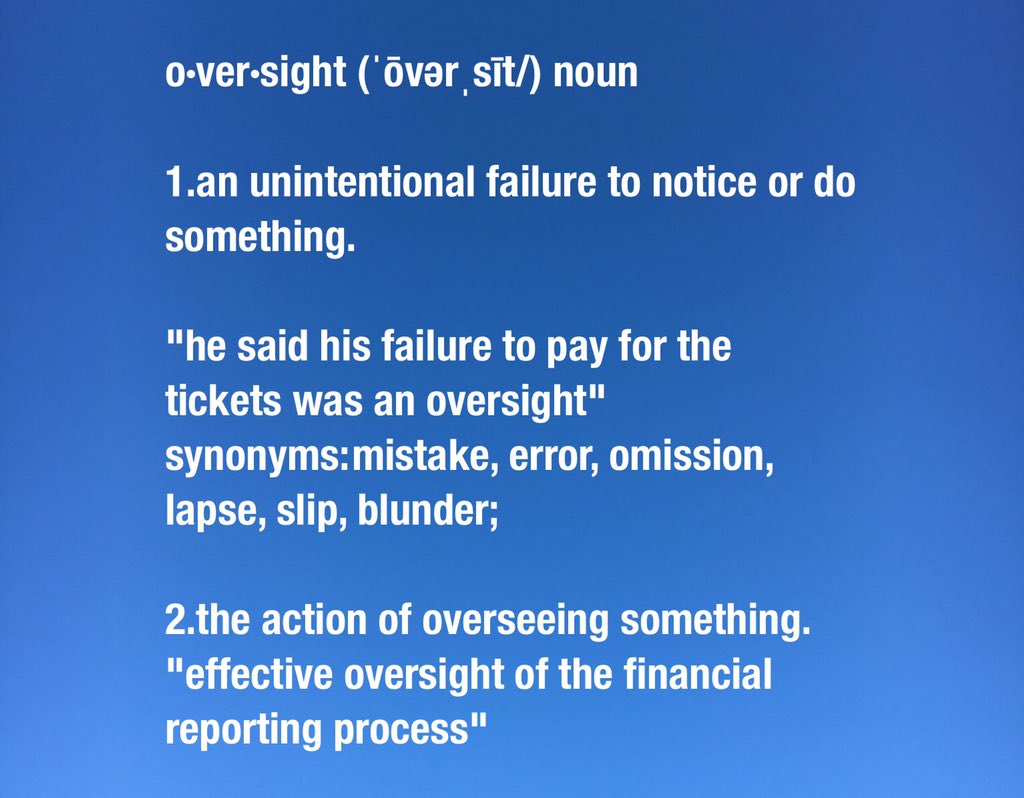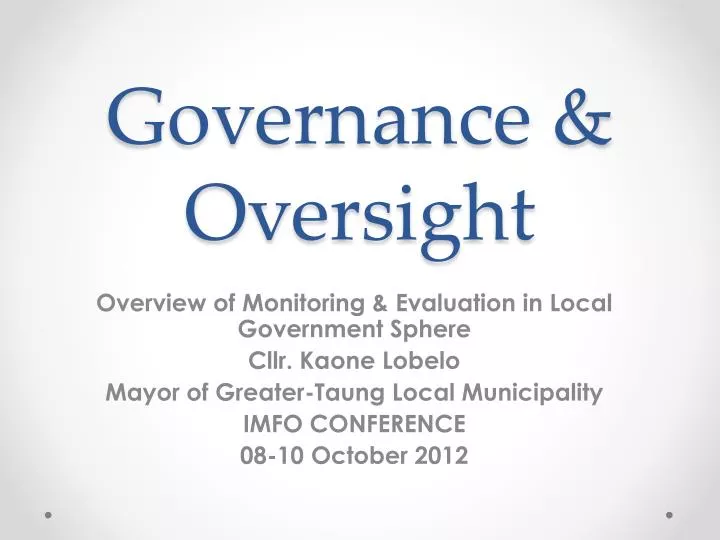
“Trending” reports are those reports that visitors viewed most often in the last seven days. Which reports are listed as “Trending” on the Home page? Additionally, although CIGIE and the OIGs make every effort to ensure that the data presented on is accurate, inadvertent errors or omissions may occur. For time periods for which no Semiannual Report is available from an OIG, or for information that is not contained in those Semiannual Reports, presents an aggregation of data provided by OIGs from the individual reports those OIGs have uploaded to the site.īecause of this methodology, the information presented in the charts may change as new sources of data become available. When it is not available, presents an aggregation of the data uploaded by OIGs from their Semiannual Reports. When presenting this data in the charts on the Home and Reports pages, presents data from CIGIE’s Annual Progress Reports to the President when that data is available. Data from individual reports uploaded to.OIGs’ Semiannual Reports, which present data about the semiannual accomplishments of individual OIGs.

This data is uploaded to directly by CIGIE upon publication of a new annual report.

The data presented in the slideshows on the Home and Investigations pages are from CIGIE’s Annual Progress Reports to the President, which present aggregate data about the annual accomplishments of Federal OIGs.

What data is presented in the slideshows on the Home and Investigations pages? For definitions of the data presented on the site, please see the Data Definitions. The data presented on is uploaded to by the OIGs. What data is presented on, and how is it presented? Each OIG also provides data associated with these reports for presentation on. aggregates public reports from Federal OIGs that are members of CIGIE. Congress established CIGIE to address integrity, economy, and effectiveness issues that transcend individual Federal Government agencies, and to aid in the establishment of a professional, well-trained, and highly skilled workforce in the Offices of Inspectors General. What is the Council of the Inspectors General on Integrity and Efficiency (CIGIE)?ĬIGIE is a statutorily-created, independent entity within the executive branch. Additional information about the work of Inspectors General is available from CIGIE. IGs are nonpartisan and are selected without regard to political affiliations.Ī copy of the Inspector General Act of 1978 is available here, and a directory of Inspectors General is available here.

Approximately half of the 74 federal IGs are appointed by the President subject to Senate confirmation, and approximately half are appointed by the agency head. OIGs are located within their agencies but must conduct their audits, investigations, evaluations, and special reviews independently from their agencies. Under the Inspector General Act of 1978, as amended, the role of federal IGs is to prevent and detect waste, fraud, and abuse relating to their agency’s programs and operations, and to promote economy, efficiency, and effectiveness in the agency’s operations and programs. Reports on can also be accessed through the websites of the individual Offices of Inspectors General (OIGs). The reports appearing on, as well as the data associated with them, have been posted directly to the site by the IG that issued it. The site includes a publicly accessible, text searchable repository of reports published by IGs. was created by the Council of the Inspectors General on Integrity and Efficiency (CIGIE) to consolidate in one place all public reports from Federal Inspectors General (IGs) in order to improve the public’s access to independent and authoritative information about the Federal Government.


 0 kommentar(er)
0 kommentar(er)
